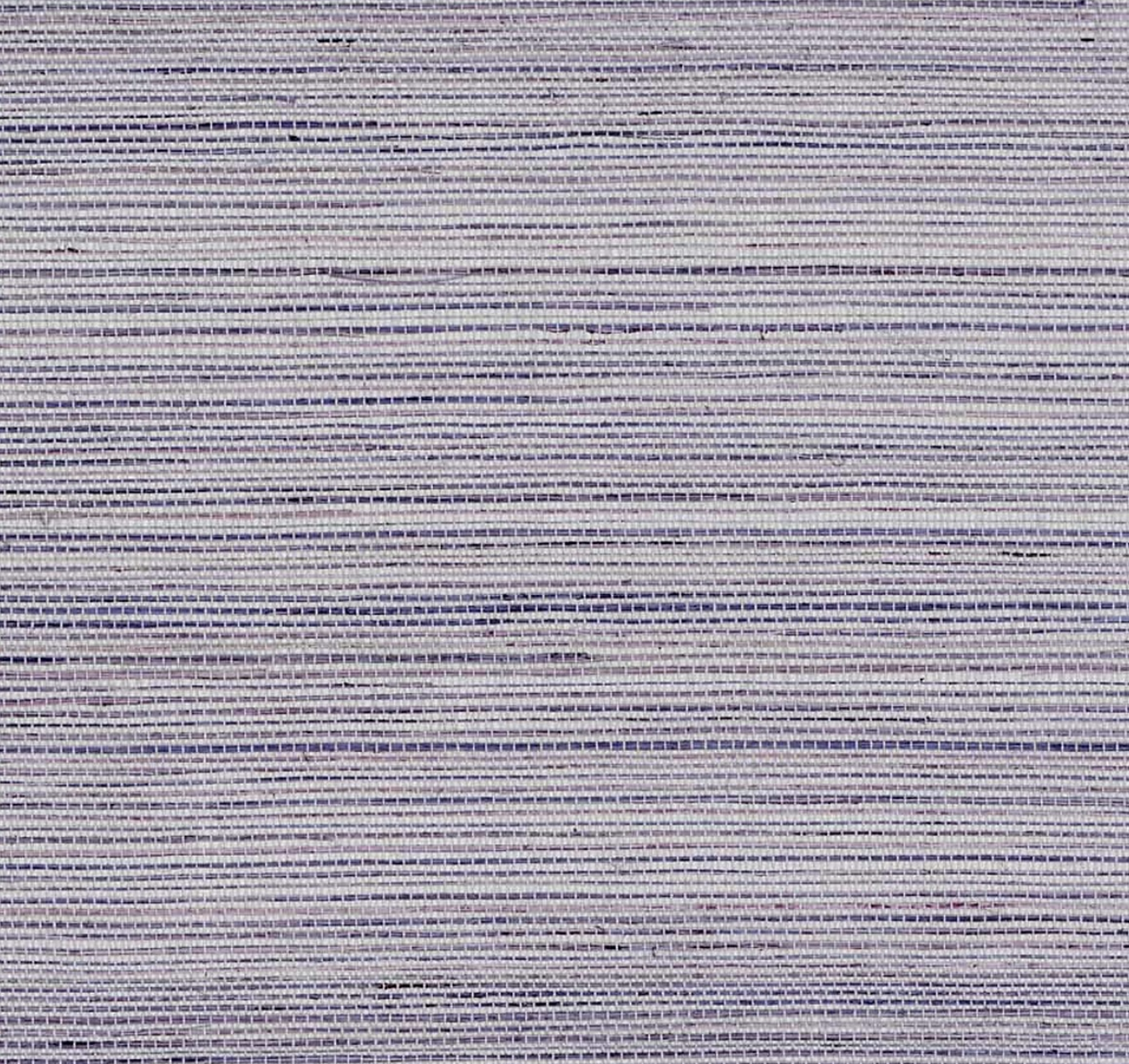Eco-Friendly, Safer Wall Coverings
Wall covering has been making a comeback the last few years, but most importantly manufacturers are finally focusing on more sustainable and healthier products due to consumer demand. Designers, manufacturers and DIY decorating shows have highlighted this new trend with some updated retro colors and patterns but also more nostalgic designs last seen during our grandparents generation. A few years ago The Seattle Times proclaimed, “Wallpaper Is the Comeback Story of 2019.” Realtor Magazine promoted wallpaper in a story in 2018. One study estimates that the global market for digitally printed wallpaper, which was more than $2 billion in 2017, would reach $7.5 billion by 2026.
However, not all wall coverings are created equal. In 2010 the Ecology Center did a study and found that 96% of wall coverings contained PVC in the coating, and most were produced with chemicals and toxic dyes. Today, the same is true for vinyl wallcoverings and half of them contain other major chemicals of concern, including heavy metals such as arsenic, mercury, lead, cadmium, and tin, as well as toxic flame retardants. Ironically, vinyl wall coverings are found in hospitals and senior living facilities where they pose tremendous danger to the health and wellbeing of occupants. Vinyl wall coverings can also be found in hotels, restaurants, public spaces, and worst of all, children’s bedrooms or a baby’s nursery. Vinyl is a health risk and should not be in any building products.
In addition, the glue or adhesive applied on the back of the paper may contain chemicals in order to kill off bacteria and pathogens, such as mold and mildew. The most important fact I emphasize to homeowners is that wallpaper should only be installed in low-humidity environments. Installing wallpaper in a house without central air conditioning, or in a full bath (with shower and steam), should be strongly discouraged because of the potential mold that will grow behind the wallpaper. According to Corinne Segura of My Chemical Free House, the paste used to install the wall covering contains additives to fight mold and other pathogens, so if an owner is seriously sensitive to chemicals or allergic to mold then wall coverings are not recommended anywhere in the house, regardless of humidity level. Luckily, manufacturers are coming up with healthier and safer adhesives but may lack the ability to prevent mold from growing. One non-toxic brand is Methylcellulose Powder for glue and wallpaper paste.
Other factors when considering safe and eco-friendly wall covering is to look for a Greenguard Gold Certification. This means the paper is printed with very low-VOC and toxic-free, water-based ink and has no PVC’s.
Below is a list of safe and eco-friendly wall-coverings:
Farrow & Ball, based in the UK, sources their paper from sustainably managed forests and are manufactured in small batches at their Dorset factory. They use their line of low and zero-VOC water-based paints to create their wallpaper designs. Their wallpaper is PVC-free and flame retardant-free. All of the paints and colourants they use to print wallpapers has been independently tested and certified child-safe in accordance with Safety of Toys Part 3: Migration of certain elements (EN 71 3:2013+A3:2018). Their wallpaper is also vegan-friendly, according to their website.
JUJU Papers was founded by Avery Thatcher and are made in Portland, Oregon. They have taken great care to develop a line of wallpapers that are beautifully crafted, and have as light of an impact on the natural environment. Every roll is printed by hand, is untrimmed, and in most cases has been made to order. They print with water based inks on creamy, durable, sustainably harvested paper.
Phillip Jeffries is a eco-conscious wall-coverings company, believing in utilizing sustainable products, and reducing their carbon footprint. They partner with the Arbor Day Foundation and have planted over 200,000 trees to date. The company sees a shift in conscientious designers and homeowners who want healthier products. Their products are sourced responsibly and the working conditions of the factories are safer. The website offers a list of each wall-covering and its Environmental Attribute and building standard LEED credits. Their website claims their inks & adhesives are free of heavy materials such as lead, mercury, cadmium & chromium.
Spoonflower - Sustainability, eco-friendly and scalable manufacturing processes is the heart of Spoonflower’s mission as a leader in textile design and manufacturing. They support independent designers and only use water-based pigment inks and dyes and have established initiatives that continue to lower waste byproducts. They are located in NC and in Germany and carry a variety of styles like removable peel-and-stick, pre-pasted and traditional non-pasted wall coverings. Anybody can upload their own designs to turn into fabric, wallpaper or wall-decor. Their website and blog is worth checking out for those inspired to share their craft.
Wallquest takes an environmentally friendly approach toward wallpaper production. Their wallpaper collections are printed on paper from well-managed, renewable forests or recycled sources, using water-based inks. No excess ink or waste water is released into the public water system during the production process. Most all the papers sold on their website is non-toxic, eco-friendly and beautifully designed.














